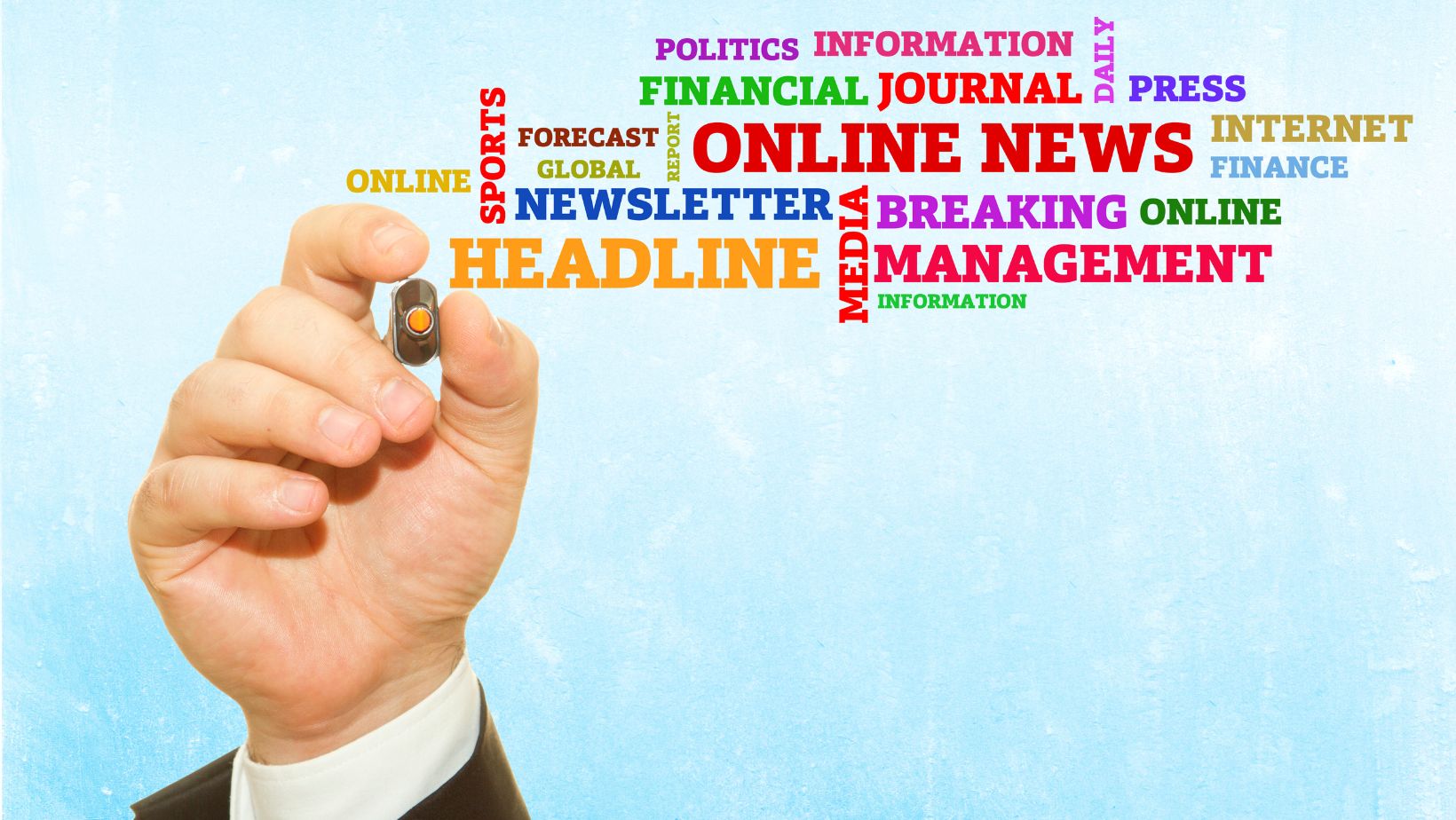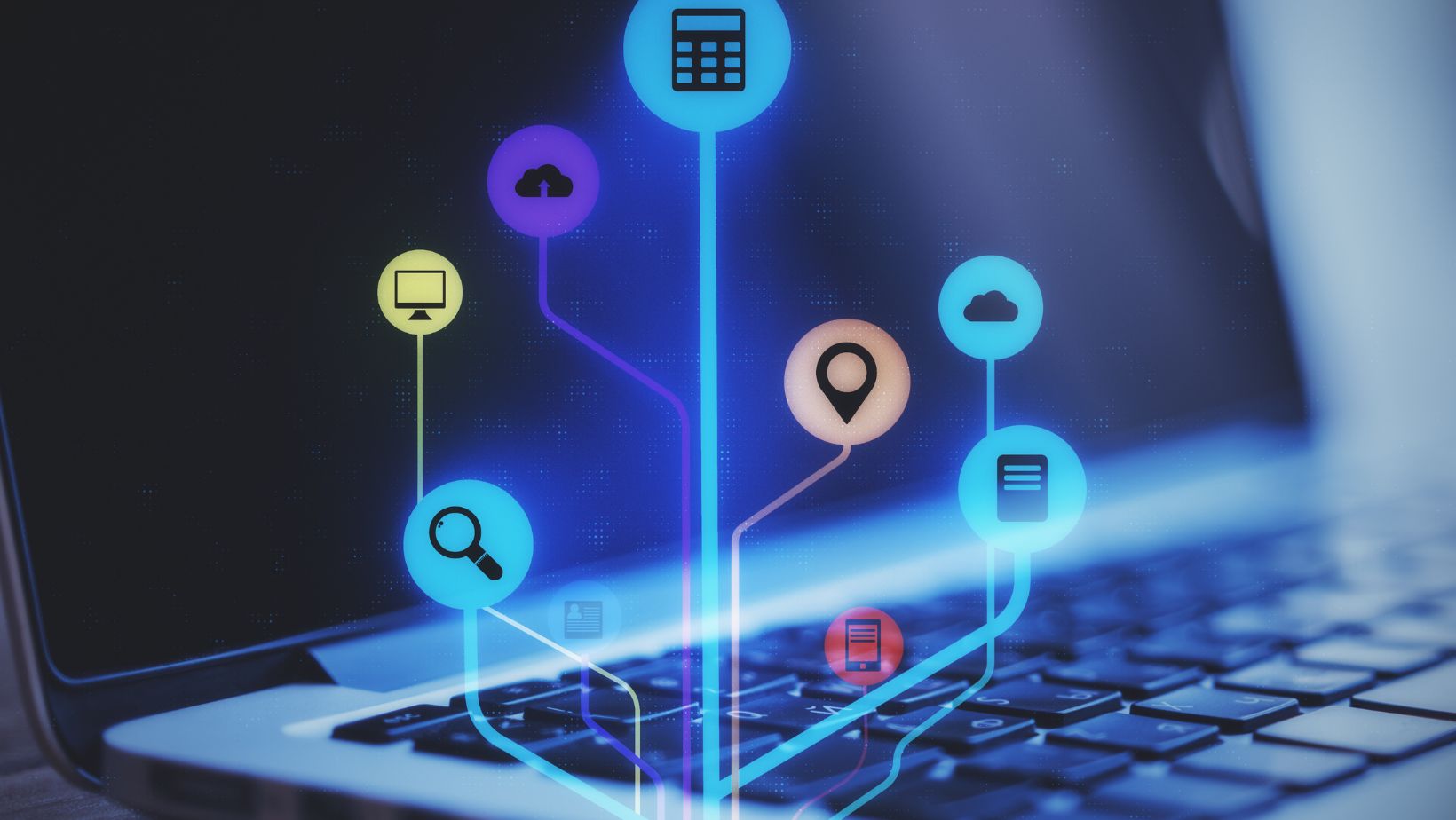
Removable media, such as USB drives or external hard drives, offers several benefits when it comes to data storage and transfer. In this section, I’ll highlight some of the key advantages of using removable media as a best practice for your data management needs.
- Portability: One of the greatest advantages of removable media is its portability. These compact devices can easily fit into your pocket or bag, allowing you to carry important files and documents wherever you go. Whether you’re traveling for work or need to access data on multiple computers, removable media provides a convenient solution.
- Ease of Use: Using removable media is incredibly simple and user-friendly. With plug-and-play functionality, you can quickly connect these devices to your computer without requiring any additional software installation. This makes it accessible even for those who are not tech-savvy.
- Flexibility: Removable media offers flexibility in managing your data. You can organize files into folders or create backups effortlessly by copying and pasting them onto the device. It allows for easy file sharing between different computers or devices without relying on an internet connection.
- Security: Protecting sensitive information is crucial in today’s digital age, and removable media can contribute to enhanced security measures. By storing important files offline on a physical device, you reduce the risk of unauthorized access through hacking or malware attacks targeting online storage platforms.
- Backup Solution: Removable media serves as an excellent backup solution for critical data that should not be lost under any circumstances. Regularly backing up essential files onto a USB drive or external hard drive ensures that you have a secure copy in case of system failures, accidental deletions, or other unforeseen events.
For more interesting content, check out our next page!
In summary, utilizing removable media as a best practice for data management brings numerous benefits including portability, ease of use, flexibility in file organization and sharing, improved security measures, and reliable backup solutions. By incorporating these devices into your workflow, you can ensure the safety and accessibility of your important data.

Which Of The Following Is A Best Practice For Using Removable Media
As an expert in data security, I’ll share with you some best practices for securely using removable media. These practices will help protect your sensitive information and prevent any potential data breaches or unauthorized access. Let’s dive right into it:
- Encryption is key: One of the best practices for using removable media is to ensure that all data stored on these devices is encrypted. Encryption adds an extra layer of protection by scrambling the information, making it unreadable to anyone without the decryption key. Whether you’re using a USB drive, external hard disk, or any other form of removable media, make sure to enable encryption to safeguard your data.
- Regularly update antivirus software: It’s crucial to keep your antivirus software up to date when working with removable media. This helps detect and eliminate any potential malware or viruses that could be present on these devices. By regularly scanning the files on your removable media, you can identify and remove any threats before they have a chance to infect your system.
- Password protect your files: Adding a password to your files and folders on removable media provides an additional layer of security. This ensures that even if someone gains physical access to your device, they won’t be able to access the contents without entering the correct password.
- Be cautious when sharing: When sharing files from removable media, exercise caution and follow secure methods of file transfer. Avoid public Wi-Fi networks which can be vulnerable to hacking attempts and consider using secure file-sharing platforms or encrypted email services for added protection.
- Backup regularly: Always remember to back up the content of your removable media at regular intervals. Having multiple copies of important files ensures that even if one device gets lost or damaged, you still have access to your data.
- Keep track of devices: Removable media can easily get misplaced or lost due to their small size and portability. It’s essential always to keep track of these devices and store them in a secure location when not in use. Additionally, consider labeling your removable media with contact information so that if someone finds it, they can return it to you.
